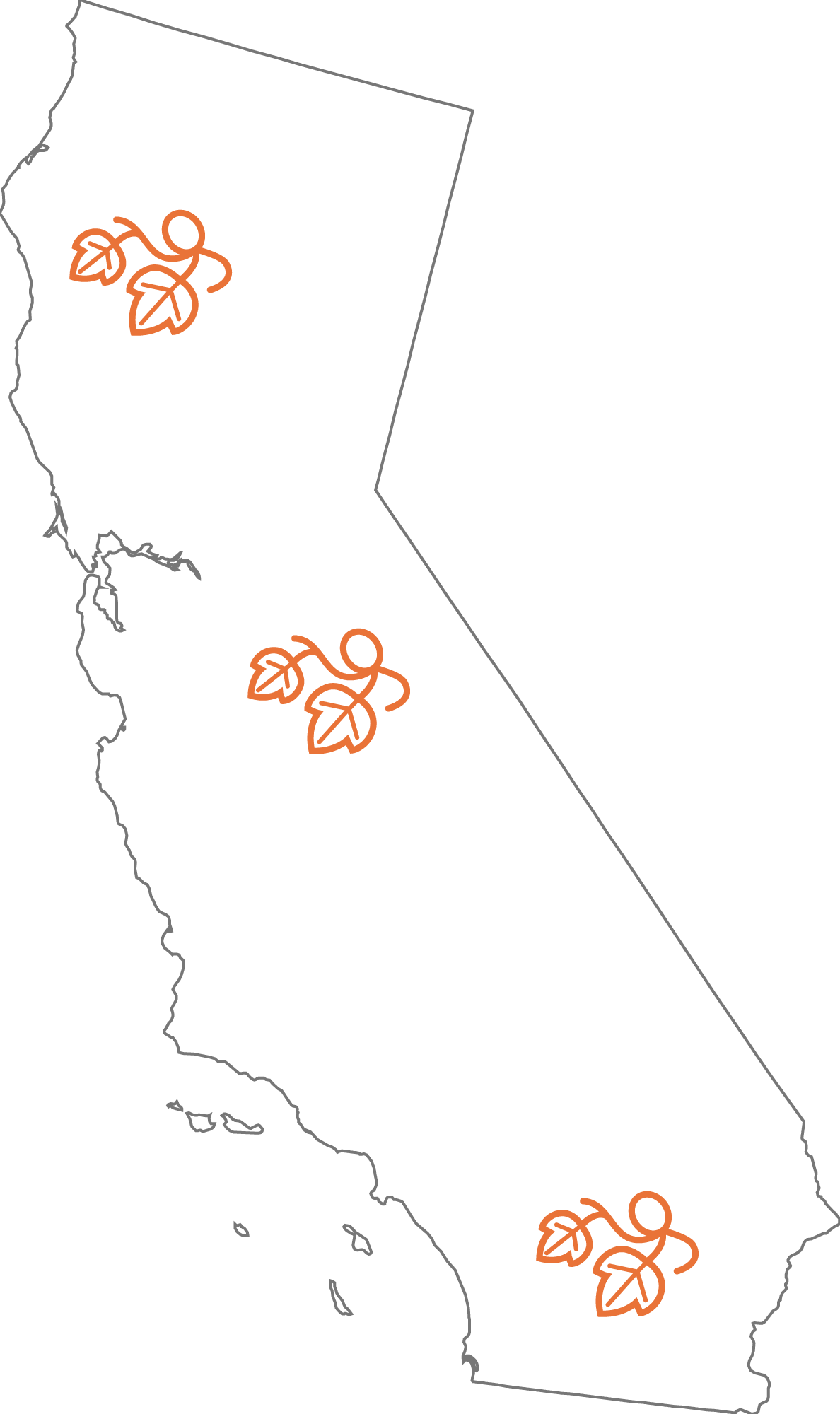The product
Gorgonzola cheese is named after its natal town in the hinterlamd of Milan. While its precise date of birth is still not certain, as in the case of many traditional foods, we can define its origins in the Middle Ages, around the year 879. Initially it was called “stracchino di gorgonzola” with reference to cows defined “stracche” in the regional dialect of Lombardia, meaning “tired” as the animals were in fact after the transhumance from the alpine areas of Valsassina to the flat area of Gorgonzola. Thanks to the particular climatic conditions and the efficient irrigation system, such an area area had excellent quality of forage favoring the production of lots of high-quality milk.
On 12 June 1996, Gorgonzola was included by the European Community in the list of D.O.P. products with EEC Reg. n° 1107/96.
The quality and authenticity of this cheese is guaranteed by a strict legislation defining the production standards and the “D.O.P.” zone and its relative process of milk collection and maturing. Only two Italian regions, Piedmont and Lombardy, according to both tradition and laws, provide for the production of gorgonzola cheese, and only the provinces of Novara, Vercelli, Cuneo, Biella, Bergamo, Brescia, Como, Cremona, Lecco, Lodi, Milan, Monza, Pavia and Varese, Verbano-Cusio-Ossola and the territories of Casale Monferrato.
Gorgonzola cheese is obtained by using exclusively pasteurized cow whole milk, to which lactic ferments, rennet and penicilli spores are added. Once coagulation has taken place, the curd is placed in molds of approximately 15 kg for each wheel and it is then left to rest, allowing the loss of whey in the process. Subsequently, the wheels are turned and marked on both faces with the identification number of production. The wheels are then moved to hot cells where the wheels are salted. After approximately 3 weeks of ageing in cold storage, the cheese wheels are punctured with large metal needles in order to let air penetrate them, to develop the cultures already implanted into the curd and, eventually, to produce the typical blue and green stripes of gorgonzola.
Gorgonzola is a soft, raw cheese belonging to the “blue cheese” family. There are two types: Gorgonzola Dolce (Sweet), presenting a more delicate flavour, and Gorgonzola Piccante (Spicy), with a decidedly stronger flavour due to a longer ageing period.
This is how such a product of Italian excellence is created, representing a national ancient tradition of sincere and genuine flavours.”
THE CREAMERY
Once collected in the best farms in the provinces of Pavia, Milan and Lodi, the milk is then cooled and stored in the creamery every day before the start of the whole process. The ancient and strong relationship we maintain with our milk suppliers underlines how paramount it is to take care of every single and minute detail of. process while respecting our traditions. Although equipped with advanced technologies, human work and intervention play a very important role in the cheesemaking area; both the milk and the cheese are organic and seasonal products, and our workers are able to understand at best any periodic change or transform of the raw materials, turning them into an excellent final result through their knowledge and experience.

AGEING
Our strength is the ageing warehouse, where the refrigeration systems provide a cutting-edge technology for such a process. Controlled air and humidity are distributed uniformly in all rooms, ensuring an excellent quality in the ageing of the cheese as well as the maintainance of high standards for the hygienic-sanitary conditions the working spaces and environments.